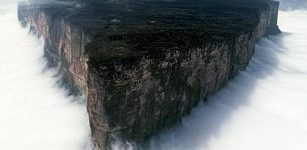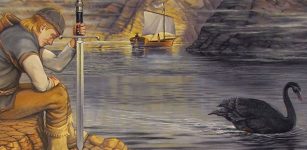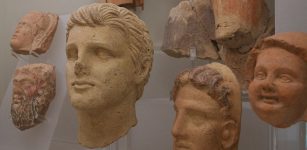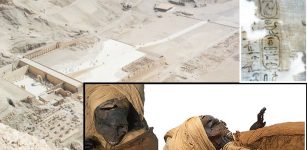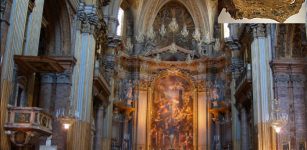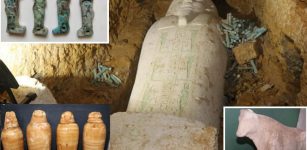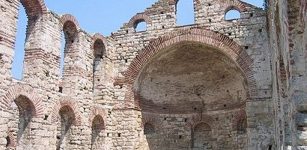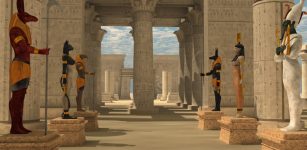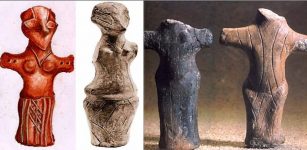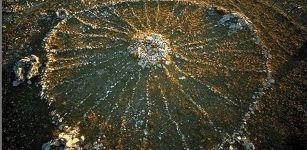Evidence Of Sangam Age Settlement Unearthed At Nangur, Tamil Nadu
Conny Waters - AncientPages.com - Archaeologists excavating in the area of Nangur village in Nagapattinam district, located in southern India, found evidence indicating the existence of human settlement dating back to the Sangam Age.
Sangam Age was the period of history of ancient Tamil Nadu and Kerala (known as Tamilakam) spanning from c. 5th century BCE to c. 3rd century CE. It is named after the famous Sangam
assemblies of poets and scholars centered in the city of Madurai, the cultural capital of Tamil Nadu.
A terracotta figurine unearthed during an excavation carried out by the Department of Marine History and Marine Archaeology, Tamil University, at Nangur village in Nagapattinam district.
According to Tamil legends, there were three Sangam periods, namely Head Sangam, Middle Sangam and Last Sangam period. Historians use the term Sangam period to refer the last of these, with the first two being legendary. So it is also called Last Sangam period.
The team from the Department of Marine History and Marine Archaeology, Tamil University, Thanjavur, (with the consent of Archaeological Survey of India) discovered Chola-period roof tiles with folded ends and rounded tips, terracotta figurines, sealings, ear ornaments and dies, glass beads, stone beads and bangle fragments. The terracotta figurines reveal exquisite workmanship, according to The Hindu.
See also:
Powerful Chola Rulers Of Southern India: Patrons Of Architecture, Art And Literature
Great Living Chola Temples: Outstanding Workmanship Of Chola Dynasty Builders Of South India
A structure reflecting a blacksmith’s workshop was also excavated at the settlement found at a depth of three meters. Black and red ware potteries with one of them having a mark of fish were also found at the excavation site.
 Airavatesvara Temple, a Hindu temple of Dravidian architecture located in the town of Darasuram,
Airavatesvara Temple, a Hindu temple of Dravidian architecture located in the town of Darasuram,
near Kumbakonam in the South Indian state of Tamil Nadu. It was built by Rajaraja Chola II in the 12th century CE. Image credit: Gughanbose via wikipedia
Research suggests that many of the Divyadesams and Devara thalangal bear evidences of human settlement from the iron age, according to V. Selvakumar, Associate Professor, Department of Marine History and Marine Archaeology, Tamil University, who led the excavation. Some of these old settlements (Moothoor) may have been the territorial headquarters called Naadu.
Further, the current research seeks to find answers to questions relating to the formation of settlements and beginning of agriculture in the lower Cauvery valley. More research and radiocarbon dating are to be undertaken at this site, V. Selvakumaradded.
“Nangur seems to be an important settlement of the Sangam Age as it was mentioned in the Pattinathupalai and Porunaraatruppadai ’, a Tamil poetic work in the Eighteen Greater Texts (Pathinenmaelkanakku) anthology of Tamil literature, belonging to the Sangam period related to between 100 BCE and 100 CE. .
According to local legends, the Sangam Age king, Karikalan, married the daughter of Nangur Vel, chief of Nangur village. Another evidence relating to Nangur was found in an inscription at Takua Pa in Thailand where it was mentioned that a person by name Nangurutaiyan dug a tank and placed it in the custody of Manigramattar, Prof. Selvakumar pointed out.
Written by Conny Waters - AncientPages.com Staff Writer







